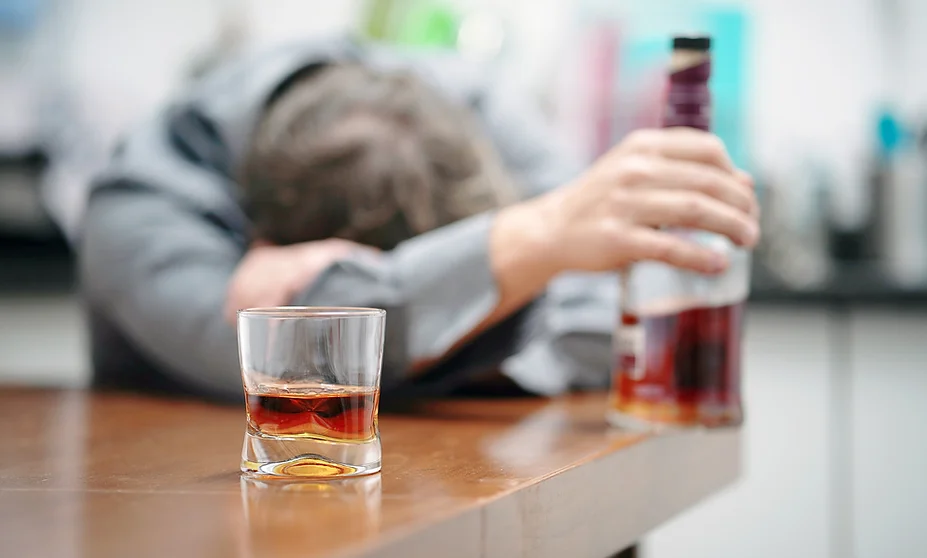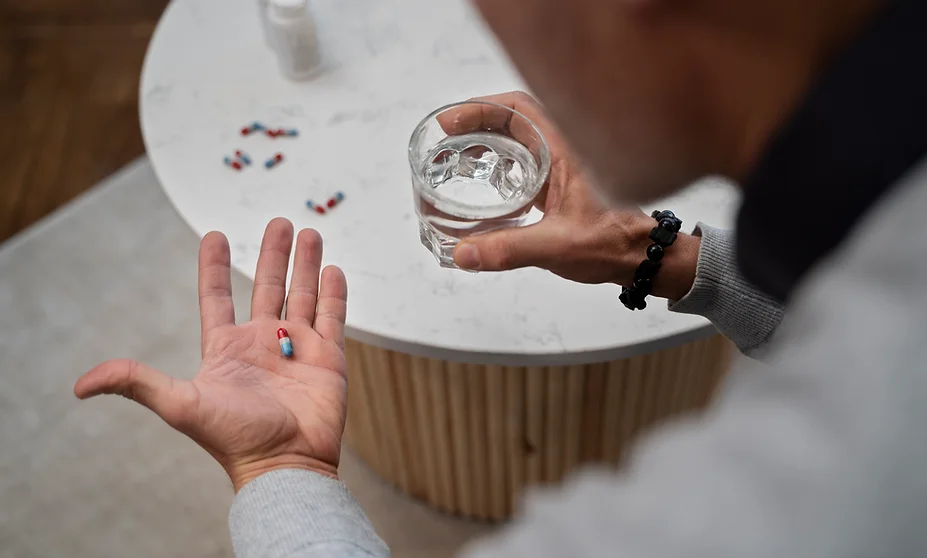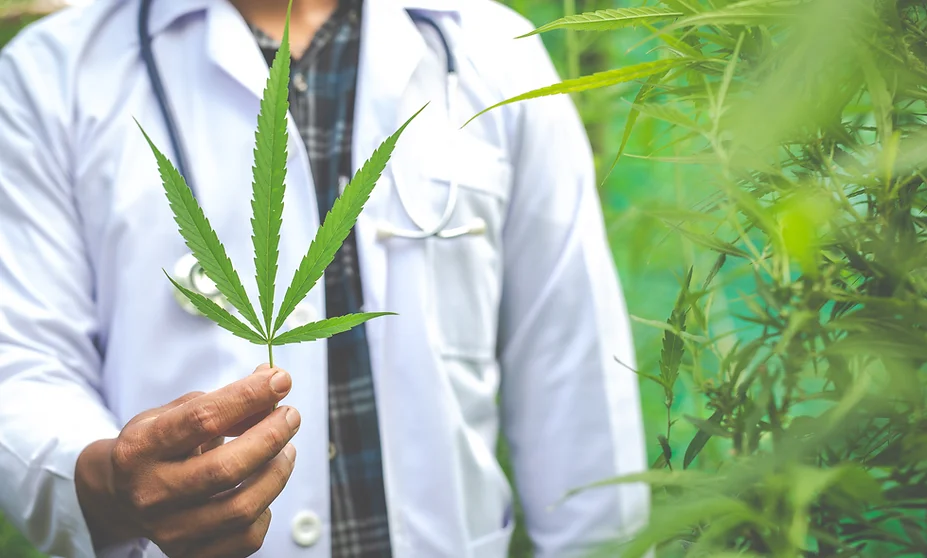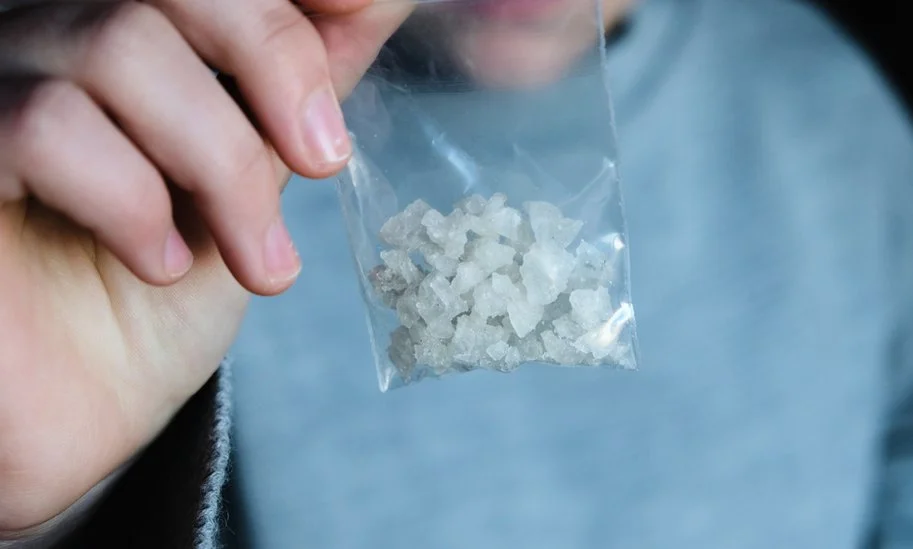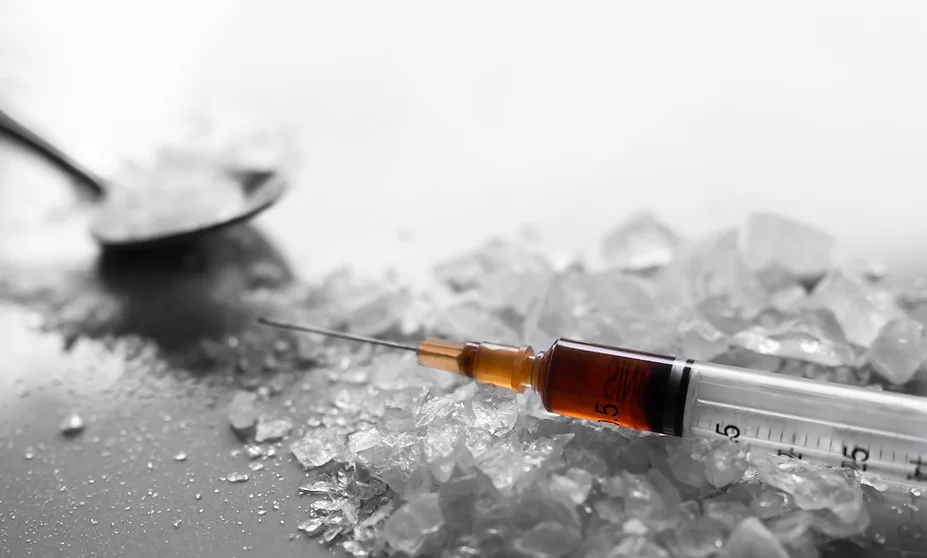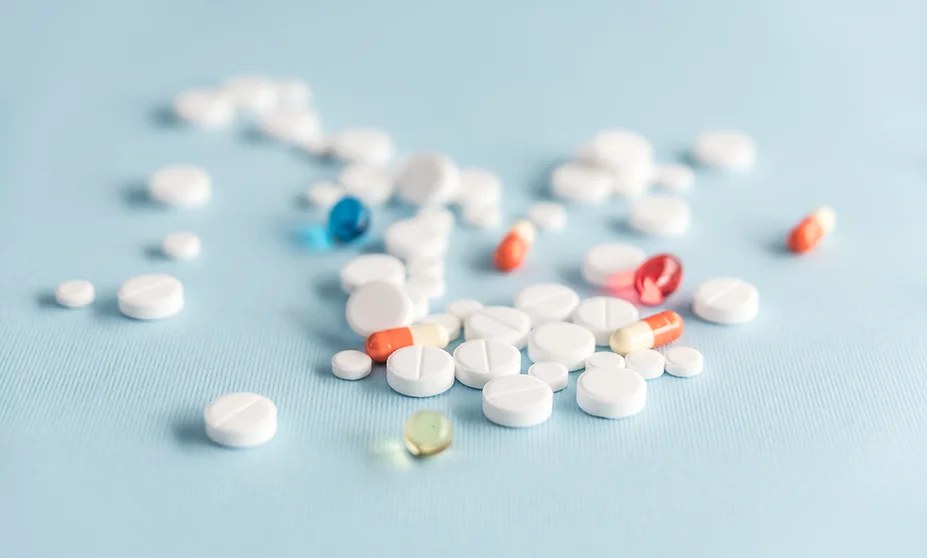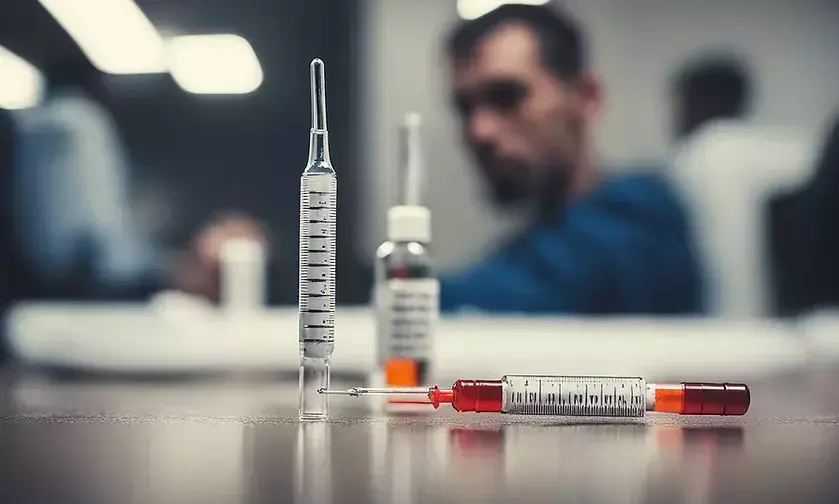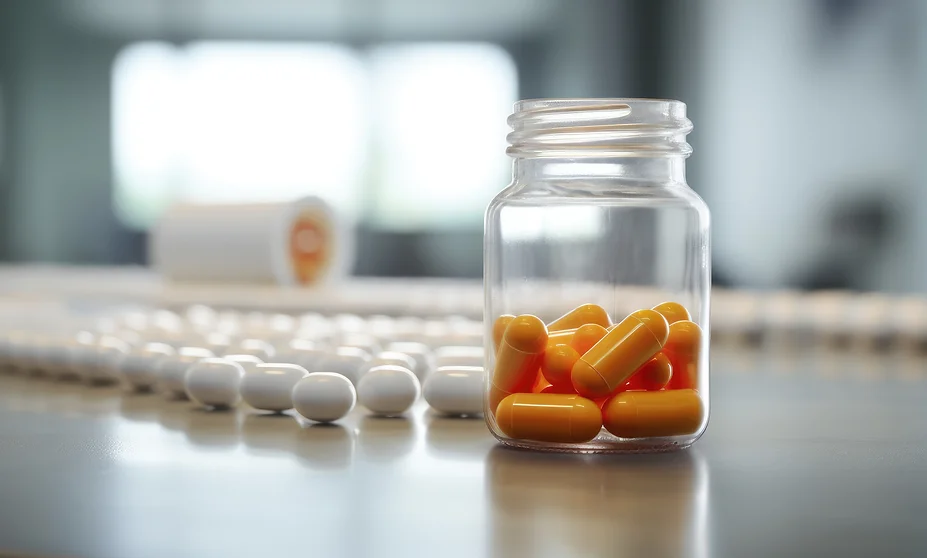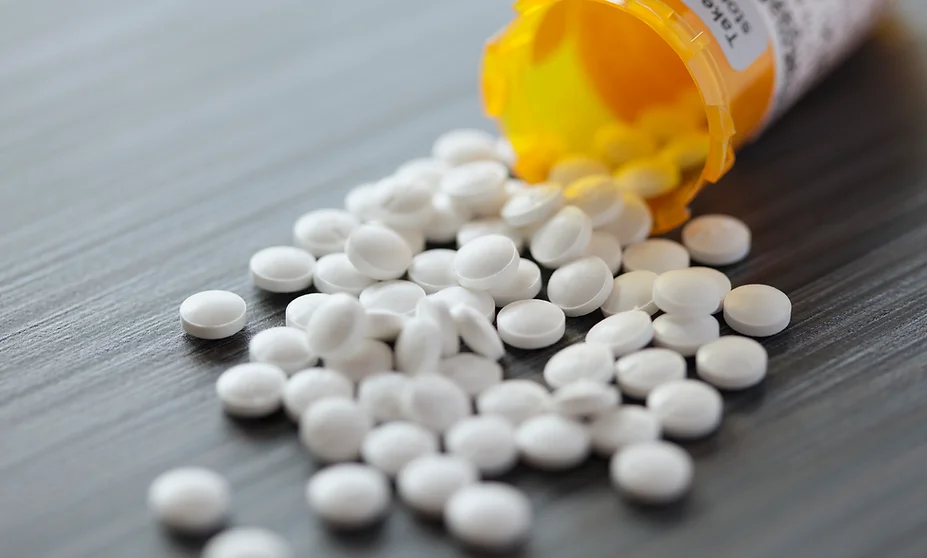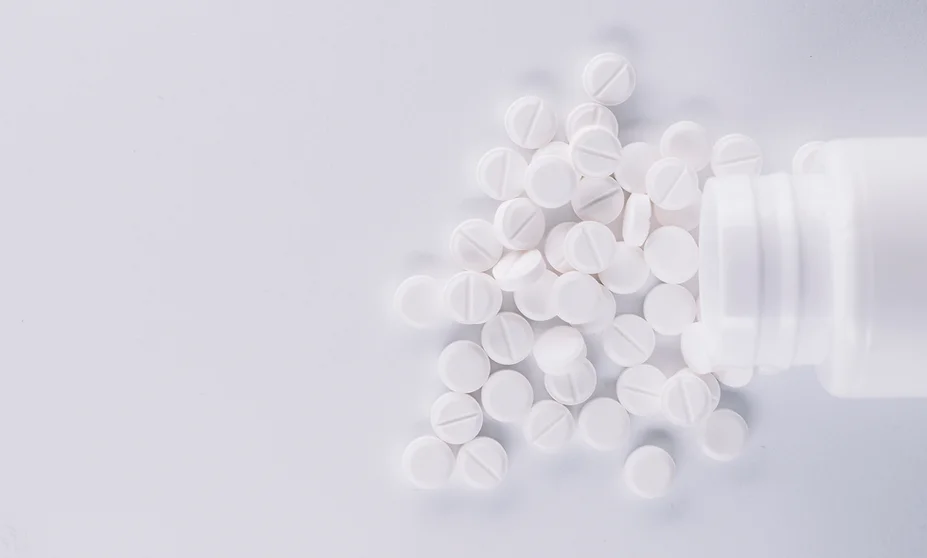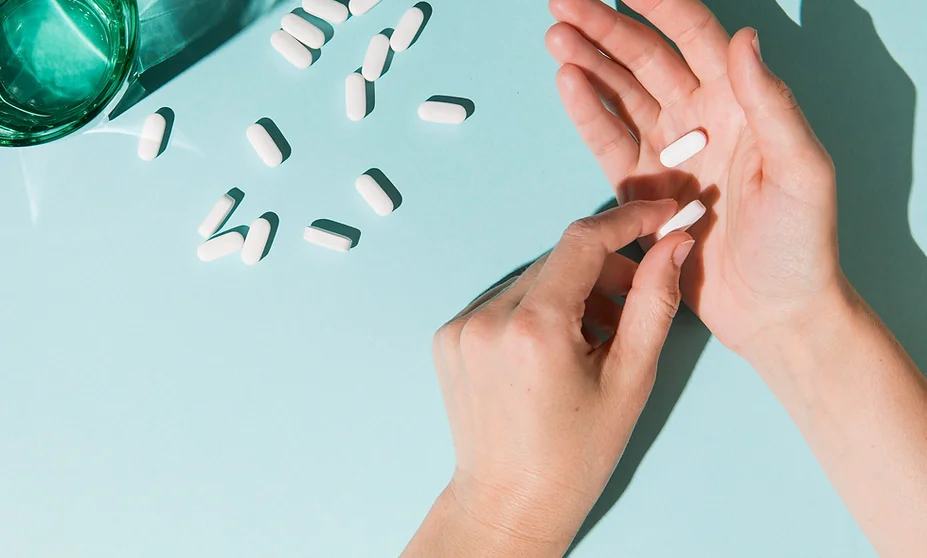Call Us Now!
Discover our recovery treatments. Contact us to learn more and verify your insurance coverage online or by phone.

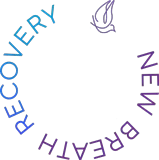

When compared to other psychoactive substances, marijuana is one of the weakest. This is why it is often smoked at parties, and why young people consider it a harmless way to relax and have fun. But even though many states allow the use of marijuana for medical purposes, it was and still is a drug. Which means marijuana has the ability to be addictive and change people’s lives for the worse.
Feel like you can’t go a day without weed? New Breath Recovery (California) can help you in the difficult battle against drug cravings. The rehab center has everything you need: comfortable conditions, experienced doctors, and proven programs. Step by step, we will teach you how to enjoy life without being under the influence of psychoactive substances.
What Is Marijuana?
Marijuana is a plant-based drug derived from the leaves and flowers of the cannabis plant. It contains cannabinoids, which, when smoked, vape or eaten, cause euphoria, relaxation, improve mood and change the perception of the world around you.
Marijuana can be used legally for pain management, epilepsy and multiple sclerosis. Most of the drug, however, is used illegally for recreational purposes.
Causes of Marijuana Addiction
Like any other drug, marijuana is characterized by tolerance. This means that the dose has to be increased to achieve the same effect as before.
The first time a person has an imaginary sense of control. But already with one year of experience, psychological dependence develops, and after another year – physical dependence.
Associated factors that increase addiction:
- high stress levels;
- a destructive social environment where marijuana use is considered normal;
- genetic predisposition;
- availability of the drug;
- ease of use.
Tetrahydrocannabinol, a constituent of marijuana, affects the brain. When the drug is abused, significant cognitive decline is possible. Young people under the age of 20 are at increased risk.
Signs and Symptoms of Marijuana Addiction
The emergence of marijuana addiction can be identified by universal signs: the inability to stop using the drug and the need to constantly increase the dosage. Against this background, social isolation, anxiety, neglect of work, school or family develops.
The effect of marijuana use lasts on average 2-4 hours. It can manifest itself differently depending on the degree of intoxication:
- virtually asymptomatic, with lightness and euphoria;
- mood swings, clumsiness, unreasonable laughter;
- with immersion in themselves, decreased interest in the world around them, detachment and lethargy.
How can you tell if a person is smoking marijuana? He or she often has red eyes, experiences dry mouth and has an increased appetite. The addict may share his experiences: altered perception of tastes, colors, sounds and smells. After a couple of hours, euphoria is usually replaced by anxiety and, in some cases, delirium.
Types of Marijuana Addiction Treatment Options
Approaches to treatment and subsequent rehabilitation are selected by the specialist on an individual basis. As a rule, a comprehensive program is prescribed, which may include:
- detoxification;
- psychotherapy;
- medication-assisted recovery;
- group and family therapy.
Given that severe physical dependence is less likely to develop than severe psychological dependence, the main focus of treatment centers around increasing motivation, stress management skills and self-control.
Call Us Now!
Discover our recovery treatments. Contact us to learn more and verify your insurance coverage online or by phone.

The Process of Treating Marijuana Addiction
The biggest mistake a person who uses marijuana makes is neglecting the dangers of the drug. If one attempt to quit smoking pot at home did not lead to a positive result, it is necessary to urgently turn to a rehabilitation center. This is a serious sign that the problem exists and it is not possible to cope with it on your own.
The greatest effectiveness is shown by treatment in inpatient conditions. Here the patient is isolated from the drug and in comfortable conditions under the supervision of doctors can learn to cope with their problems without smoking marijuana.
Treatment begins with finding motivation. A person must come to the clinic of his own volition to talk to specialists and find strength in voluntary treatment.
After that, a comprehensive examination of the patient’s state of health is carried out. Internal organs and mental state are diagnosed. Taking into account the patient’s age and smoking history, the doctor develops an individual treatment program.
Cannabinoids must be eliminated from the body. This is done with the help of a medical detox procedure. At this stage, the person is given medications that relieve withdrawal symptoms: nausea, diarrhea, pain, depression, etc. Often for the recovery of the body additionally prescribe the reception of vitamins, nootropic agents, cardioprotectors.
All subsequent time, the addict undergoes individual and group sessions with a psychotherapist. The specialist helps to cope with stress, finds joint solutions to emerging problems, establishes a constructive dialogue with the inner self.
It is necessary to be prepared that when leaving the clinic there are many temptations around, which can lead to relapse. This is why it is often necessary to continue rehab, for example, by attending Narcotics Anonymous groups.
Frequently Asked Questions About Marijuana Addiction Treatment
Faced with a problem where you or a loved one can’t beat marijuana addiction? Below, our experts have answered questions that may be of interest to you.
Is marijuana addiction treatment necessary?
Marijuana addiction is inherently no different from any other drug addiction. Therefore, it needs to be treated. Especially in cases where there are obvious negative consequences of use: problems in relationships, at work or school, or with health.
If you can not just take and give up using, then you already have a psychological dependence, which will gradually destroy you. Over time, it will grow into physical dependence. The worst thing is that marijuana in this case can be only the first step on the way to heavier drugs. Therefore, it is important to stop in time and take control of yourself. If you are unable to cope with addiction on your own, seek help at a treatment center.
What are the withdrawal symptoms of heavy marijuana use?
If you smoke marijuana regularly for two years or longer, you may experience severe withdrawal symptoms when you try to quit the drug.
On a psychological level, they are manifested by irritability, depression, and sleepiness. In the presence of concomitant mental disorders, depression, schizophrenia, and psychosis may develop.
At the physical level, the absence of the drug causes severe stress in the body. This leads to headaches, digestive disorders, tremors of the limbs, nausea.
Withdrawal symptoms manifest themselves immediately after giving up marijuana. It is most difficult on the 6th-9th day, but then the painful sensations and discomfort gradually go down. By 1-2 months without the drug, you can talk about partial recovery. Additional time will be needed to prevent relapses.
How effective is cognitive-behavioral therapy in treating marijuana addiction?
Cognitive behavioral therapy (CBT) is part of many rehabilitation programs and has shown to be highly effective in treating marijuana addiction.
CBT helps to:
- recognize and process triggers that provoke drug use;
- follow clear strategies for dealing with stressful situations;
- understand cause and effect relationships and fight the urge to use;
- strengthen motivation and go step by step towards the goal.
Can marijuana addiction treatment include medication?
To date, there is no medication that treats cannabinoid craving. But medications are actively used for other purposes, for example, to manage withdrawal symptoms, to help the body recover, and to combat associated psychological problems. Drug therapy is selected by a doctor after a full diagnosis of the addict and can be adjusted in the course of treatment.
What are the benefits of support groups for marijuana addiction recovery?
There are many benefits to participating in support groups:
- motivation. Group participants support each other and reinforce the belief in successful recovery;
- experience. People share their stories and provide food for thought, an opportunity to avoid many mistakes in the future;
- emotion. Discussing common problems provides an outlet for emotions and worries and reduces feelings of loneliness;
- connections. In groups it is easy to find people of interest and make new acquaintances, which has a positive effect on social integration;
- discipline. Regular attendance at meetings instills self-control and maintains a commitment to full recovery.
Group therapy is a powerful tool for treating marijuana addiction. Therefore, it is important not to neglect it and to attend meetings regularly.
Verify Insurance
Your treatment may be fully or partially covered by insurance.
Fill out the form below, and we will verify insurance to check your benefits.
Contact us if you have any questions.

